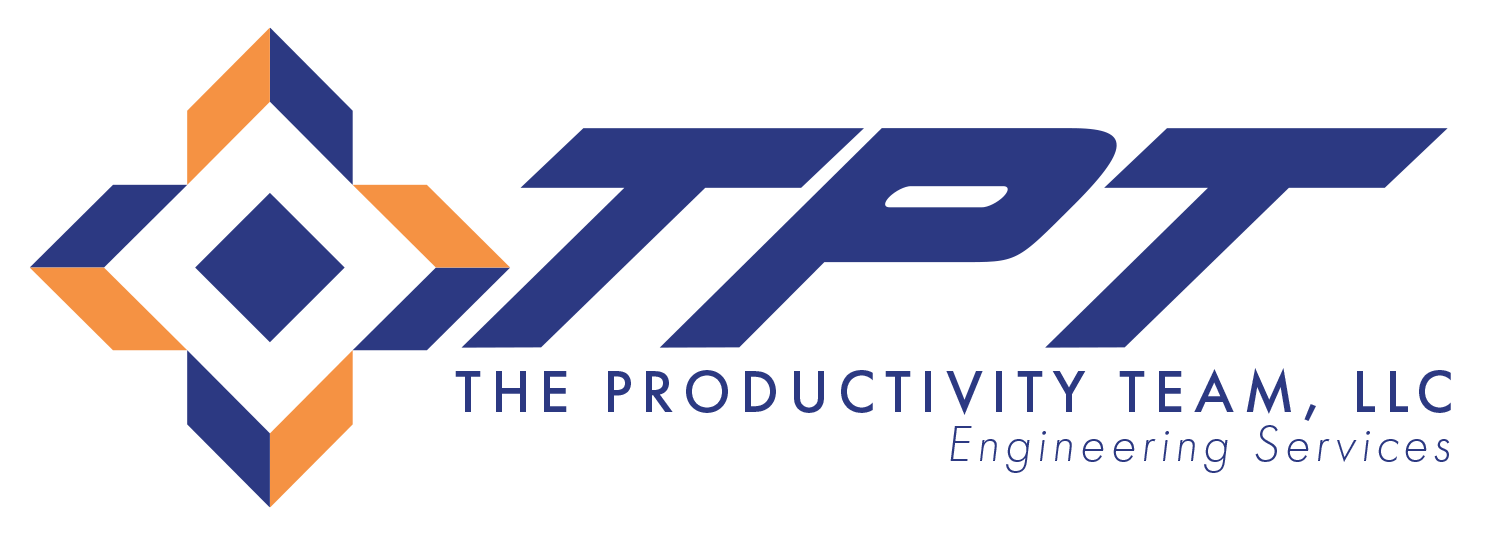Want a more productive and cost-efficient manufacturing process? With process improvement services like line balancing, you can level the workload across different processes in a value stream to mitigate excess capacity and bottlenecks. To achieve manufacturing optimization, you need a fast production rate, reduce waiting waste, and minimize downtime. That’s where line balancing can help.
What Does Line Balancing Mean?
Line balancing is a production strategy capable of matching the production rate to the takt time. Takt time refers to the rate you will be completing a product that meets the customer demand. For the production line to be perfectly balanced, the takt time has to be equal to the production time.
Without proper line balancing, you will be rearranging and relocating resources to keep up with demand. In other words, it helps you assign the correct number of machines and employees to every assembly line segment.
This allows you to keep up with demand while minimizing downtime.
What Are the Types?
Different types of line balancing exist. They include dynamic balance and static balance. Dynamic balance emphasizes the short-term differences in capacity over a specific period of time. Such as hours or minutes.
Static balance focuses on long-term differences in capacity over a longer period of time. Like hours or more. You can carry out this type at the beginning of production.
How to Optimize Manufacturing
Line balancing in manufacturing can be a practical model for obtaining better efficiency. It can reduce idle time and facilitate a streamlined flow of the manufacturing process. It can help you maximize your workflow and output quality. Here is how manufacturing optimization works with line balancing.
Work Out the Takt Time
Calculating the takt time can help make sure that the goods flow through every build station efficiently. To make things easier, you can create a precedence diagram and overview of the workstation sequence.
Perform Time Studies
Do time studies to figure out how much time it takes to finish a particular task in your production line. Consider the total number of units created each day in one line. If the exact type of merchandise is created on more lines, then composite cycle time calculations are a necessary tool.
Although previously people used a clipboard and stopwatch to do time studies, cloud computing and IoT connectivity now offer a better, more efficient way to do time studies.
If you need to work on designing and implementing a functional manufacturing operation, then you can benefit from Productivity Team’s consultation and process improvement services. With our help, you can get professional line balancing that works.
Contact Us to Learn More About TPT
TPT is the leading provider of facility planning and engineering services. Contact us today to speak with one of our planning and engineering specialists.
